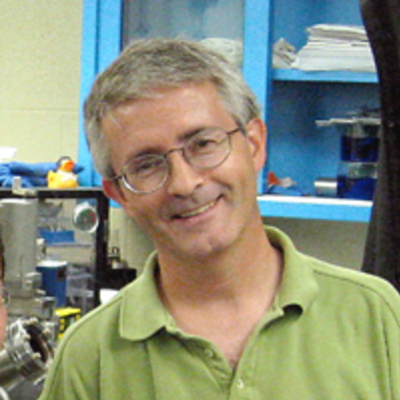Materials
One of the leading critical technologies for hypersonic flight involves the development of materials that can withstand heat transfer rates up to 8MW/m2 depending on the leading-edge radius, and potentially reaching temperatures of 2700K (4400F) in Mach 10 flight in the atmosphere.
These requirements eliminate metals and polymer-metallic matrix composites as candidates. Ceramic composites and carbon fiber in a carbon matrix are limited by their reactive chemistry in the atmosphere, and therefore require barrier coatings that have proven to be difficult to develop. Thus it is evident that new materials are needed.
To address these complex material issues, the Hypersonic Systems Initiative includes faculty with extensive experience in developing high-temperature materials. Recent research includes methods for joining carbon-carbon layers with dissimilar metal layers for high-temperature applications. These researchers also work closely with Thermal Protection and Structures faculty.
Affiliated Faculty
-

Edward Kinzel
Aerospace and Mechanical Engineering
Expertise: 3-D Printing Ceramics; Infrared Metasurfaces -

Paul McGinn
Chemical and Biomolecular Engineering
Expertise: Ceramics Processing, Batteries -

Alex Mukasyan
Chemical and Biomolecular Engineering
Expertise: High Energy Materials -

Timothy Ovaert
Aerospace and Mechanical Engineering
Expertise: Coatings, Carbon-Carbon -

Subhash Shinde
ND Energy
Expertise: High Temperature Materials -

Yanliang Zhang
Aerospace and Mechanical Engineering
Expertise: AI Material Development